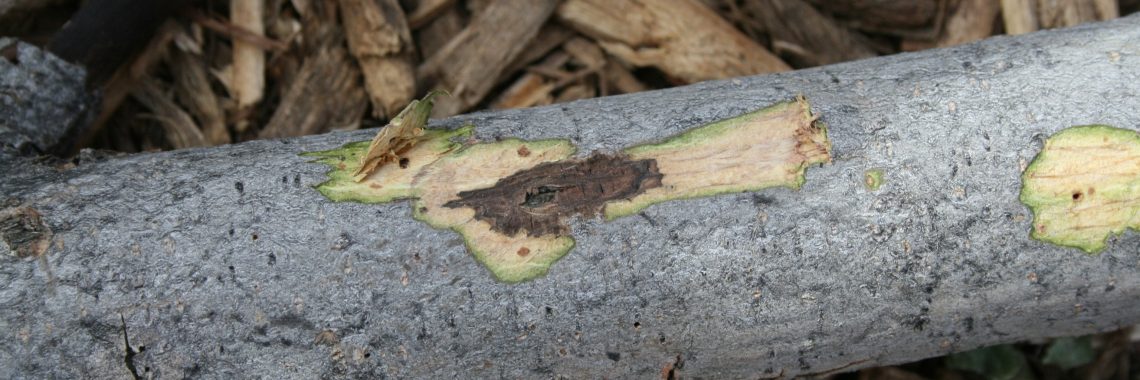A pest alert has been issued for the thousand canker disease (TCD), a disease that can kill walnut trees.
TCD was presumably identified this past summer in Cheyenne by Colorado State University, said University of Wyoming plant pathologist William Stump, who provided the information. TCD is caused by a fungus (Geosmithia morbida) and is transmitted by the tiny walnut twig beetle (Pityophthorus juglandis), which greatly increases its spread, he said.
Walnut trees in the western U.S. have been dying of TCD since the early 2000s.
Many species in the walnut family are known to be hosts for TCD, according to the information. Walnut and butternut are the main susceptible hosts for this disease, but others like pecan and hickory are immune.
Early to mid-summer is the best time to examine susceptible trees for TCD.
Look for symptoms of yellowing, branch dieback and possible bushy foliar growth below these affected sites.
The information advised to carefully remove the outer bark on suspected areas will reveal the darkened cankers. Individual cankers may only be a few millimeters in diameter but with time can be over an inch or greater and often elongated. Typically, a small bore produced by the walnut twig beetle is found in the lesion center. The combination of the dark canker with beetle tunneling is a good indicator of TCD.
There are no known effective treatments for trees affected with TCD. Management focuses on disease prevention and sanitation.
- Avoid moving affected walnut firewood (beetles may still be present in the bark).
- Maintain overall tree health.
- Walnut twig beetle control with insecticides is limited, and there are no current effective fungicide treatments for G. morbida.
- Regularly inspect walnut trees for symptoms.
If TCD is suspected, contact your local county extension educator and/or submit a sample to the UW plant diagnostic clinic. Information is at https://wyoextension.org/plantclinic.
Photo courtesy Troy Kimoto, Canadian Food Inspection Agency, Bugwood.org.





